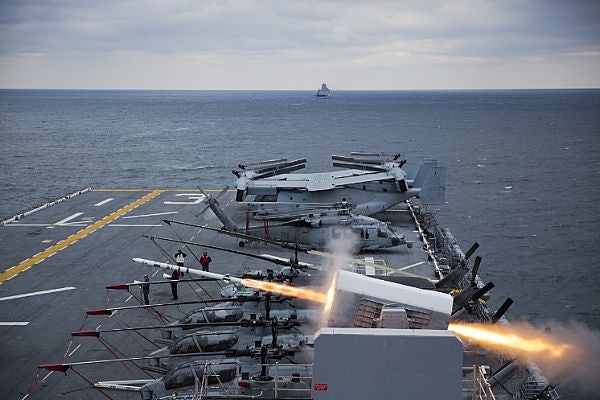
The German Navy has awarded a contract to Raytheon to develop and deliver Block 2 Rolling Airframe Missiles (RAM), in a bid to boost its fleet self-defence capability.
Under the single $155.6m contract, the company will supply RAM Block 2 missiles for the navy to better defend against threats.
Raytheon Missile Systems president Dr Taylor W Lawrence said that the missile sale represented 35 years of testing achievements and capability improvements.
"It complements the $100m RAM Block 2 production contracts with the US Navy signed in 2012 and follows our company’s 11 critical Block 2 development test flights," Lawrence added.
An upgrade of its predecessor, RAM Block 2 is a supersonic, lightweight, quick-reaction missile.
Co-developed and co-produced by the US and Germany under the international cooperative programme, the RAM guided-missile weapon system can strike against anti-ship cruise missiles, helicopter and airborne threats, as well as hostile surface craft.
Updates to the RAM Block 2 involve a four-axis independent control actuator system, passive radio frequency seeker, a digital autopilot and engineering changes in selected infrared seeker components.
The guided-missile weapon system features autonomous dual-mode, passive radio frequency and infrared guidance design to provide high-firepower capabilities to combat multiple threats simultaneously.
To date, the airframe missile has undergone more than 300 flight tests, resulting in a success rate of 95%.
RAM is scheduled to undergo government testing in May.
Currently, the RAM missile is deployed as an integral self-defence weapon onboard more than 100 ships for the navies of Egypt, Germany, Greece, South Korea, Turkey, the UAE and the US.
Production work under the recent contract will be shared between both companies.
Image: Raytheon’s Rolling Airframe Missile is launched. Photo: courtesy of US Navy mass communication specialist 3rd class Tamara Vaughn/Released.








